August 7, 2017
Workplace menopause study claims women need more support from employers
 A new report from the UK Government and University of Leicester has called for menopause-friendly workplaces and culture change programmes. In what the authors claims is the most comprehensive study of its kind, the report claims that ‘many women tend to feel that they need to cope alone’ – because of ‘a reluctance to speak up at work’. The report ‘The effects of menopause transition on women’s economic participation in the UK’ was funded by the Government’s Equalities Office. The research, published by the Department for Education, was carried out by Joanna Brewis, Andrea Davies and Jesse Matheson of the University of Leicester School of Business and Vanessa Beck of the University of Bristol School of Economics, Finance and Management.
A new report from the UK Government and University of Leicester has called for menopause-friendly workplaces and culture change programmes. In what the authors claims is the most comprehensive study of its kind, the report claims that ‘many women tend to feel that they need to cope alone’ – because of ‘a reluctance to speak up at work’. The report ‘The effects of menopause transition on women’s economic participation in the UK’ was funded by the Government’s Equalities Office. The research, published by the Department for Education, was carried out by Joanna Brewis, Andrea Davies and Jesse Matheson of the University of Leicester School of Business and Vanessa Beck of the University of Bristol School of Economics, Finance and Management.








 Emerging technologies such as artificial intelligence, robotics, virtual reality, augmented reality and cloud computing, will transform our lives and how we work over the next decade; and by 2030 every organisation will be a technology organisation. As such businesses need to start thinking today about how to future-proof their infrastructure and workforce, according to a report published by Dell Technologies. The research, led by the Institute for the Future (IFTF) alongside 20 technology, academic and business experts from across the globe also offers insight on how consumers and businesses can prepare for a society in flux. ‘
Emerging technologies such as artificial intelligence, robotics, virtual reality, augmented reality and cloud computing, will transform our lives and how we work over the next decade; and by 2030 every organisation will be a technology organisation. As such businesses need to start thinking today about how to future-proof their infrastructure and workforce, according to a report published by Dell Technologies. The research, led by the Institute for the Future (IFTF) alongside 20 technology, academic and business experts from across the globe also offers insight on how consumers and businesses can prepare for a society in flux. ‘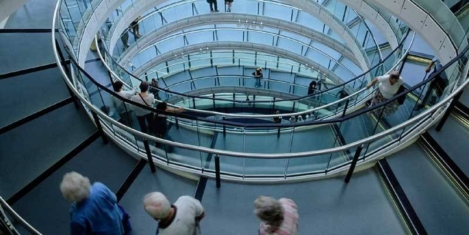
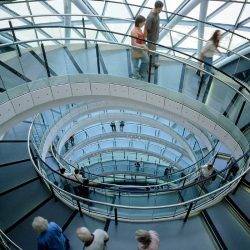


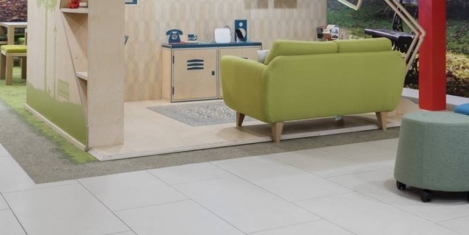
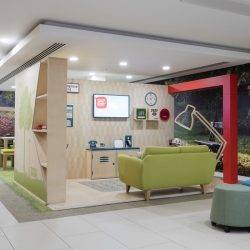




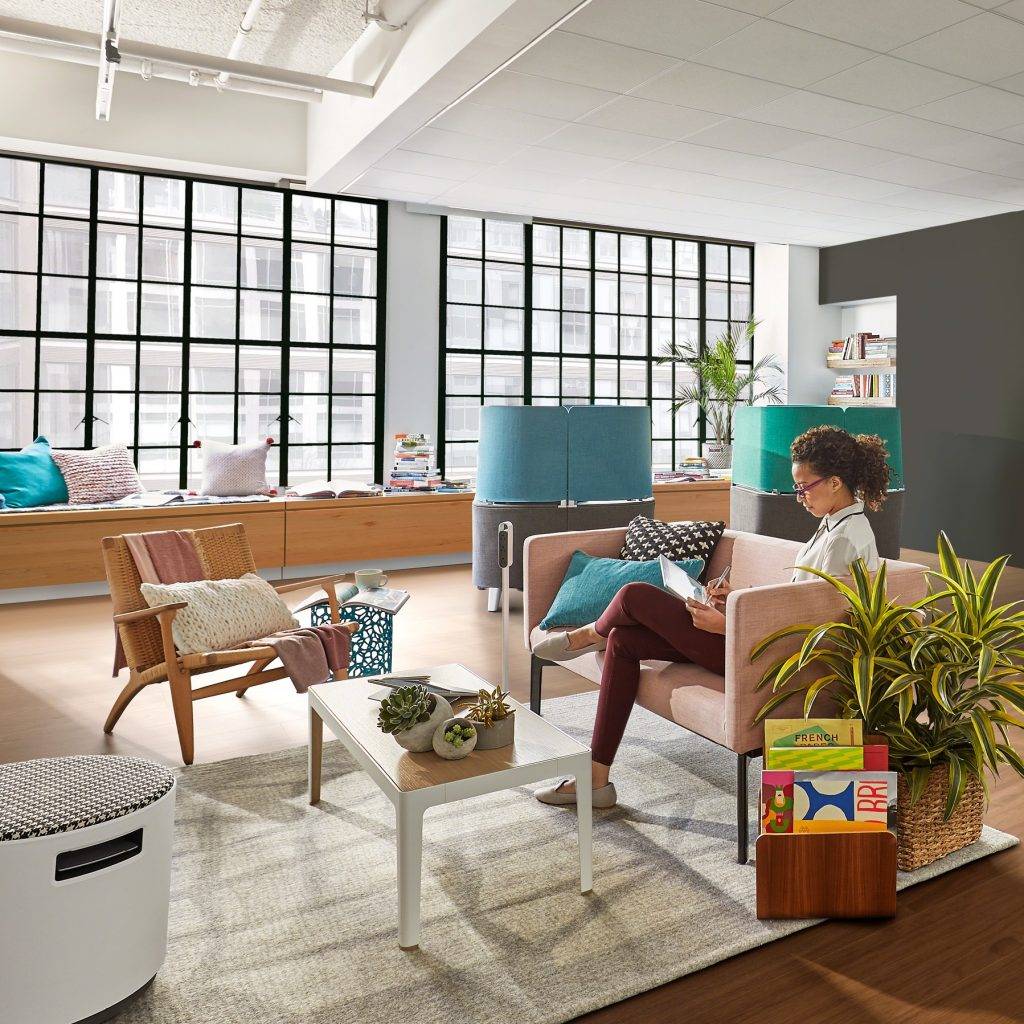
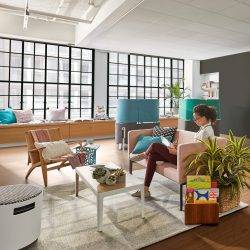
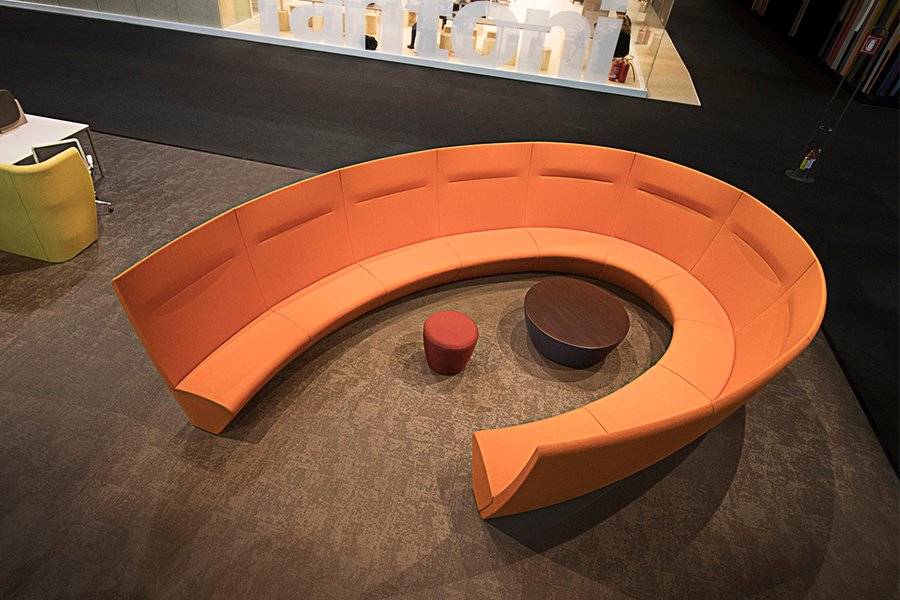
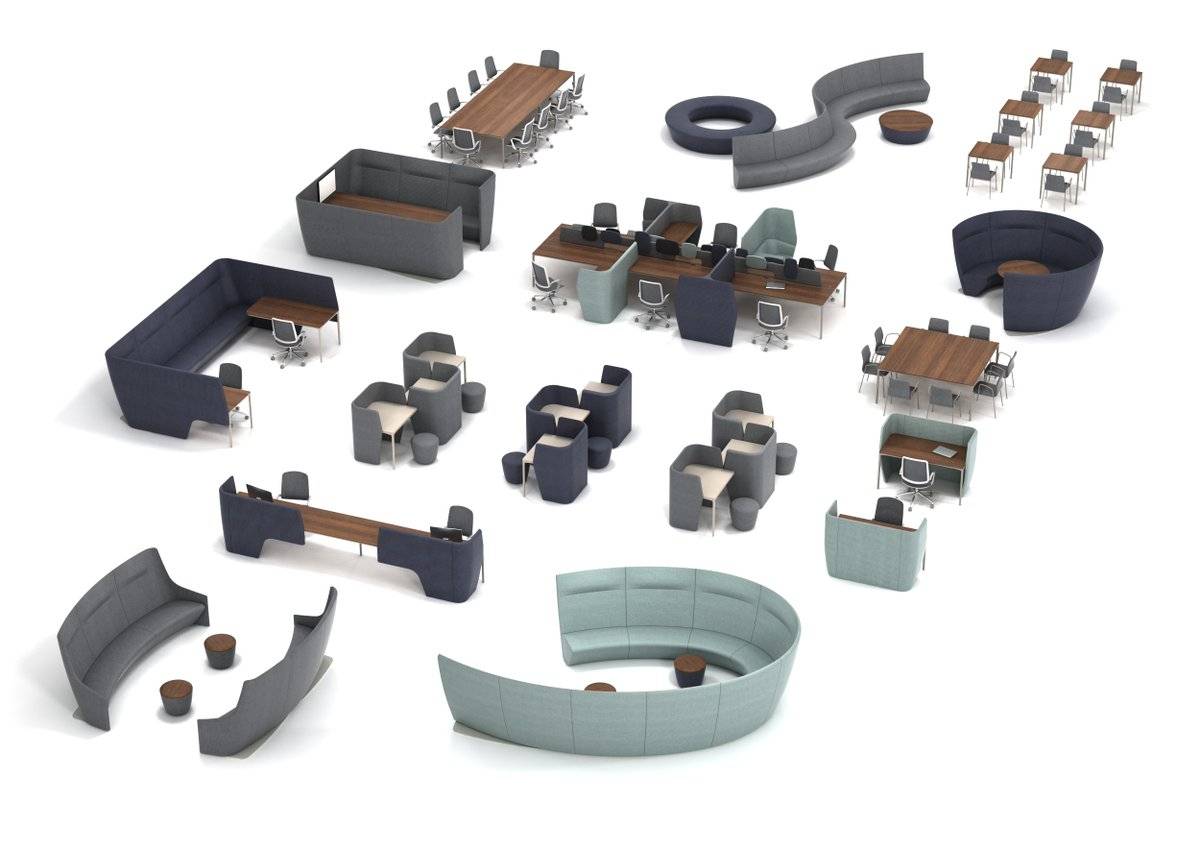
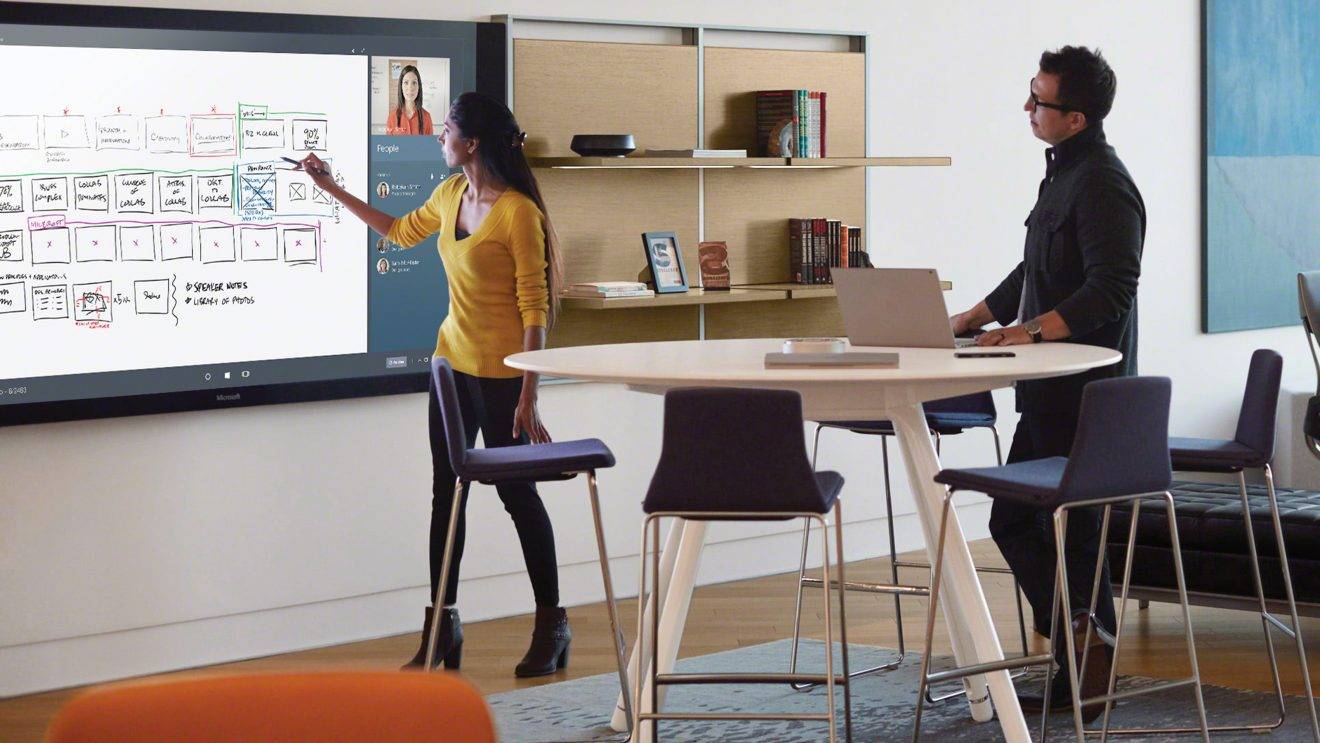

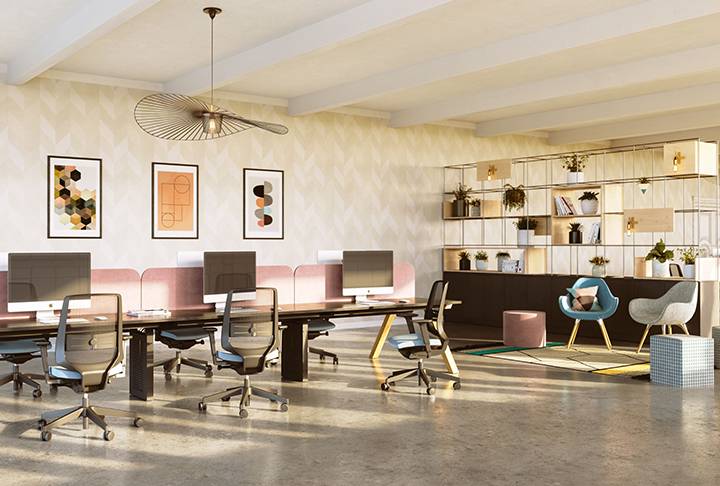




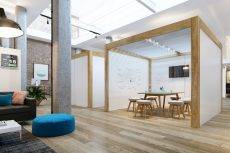
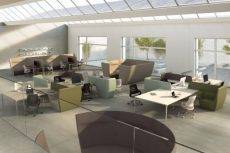
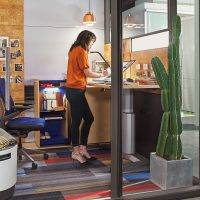

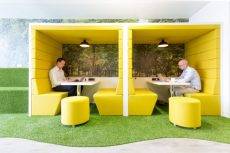


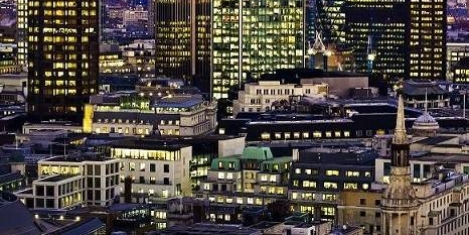
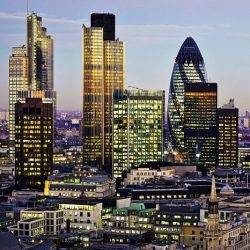








June 30, 2017
Why using recyclable materials is no longer enough to protect the environment 0
by Michael Tyerman • Comment, Environment, Workplace design
(more…)